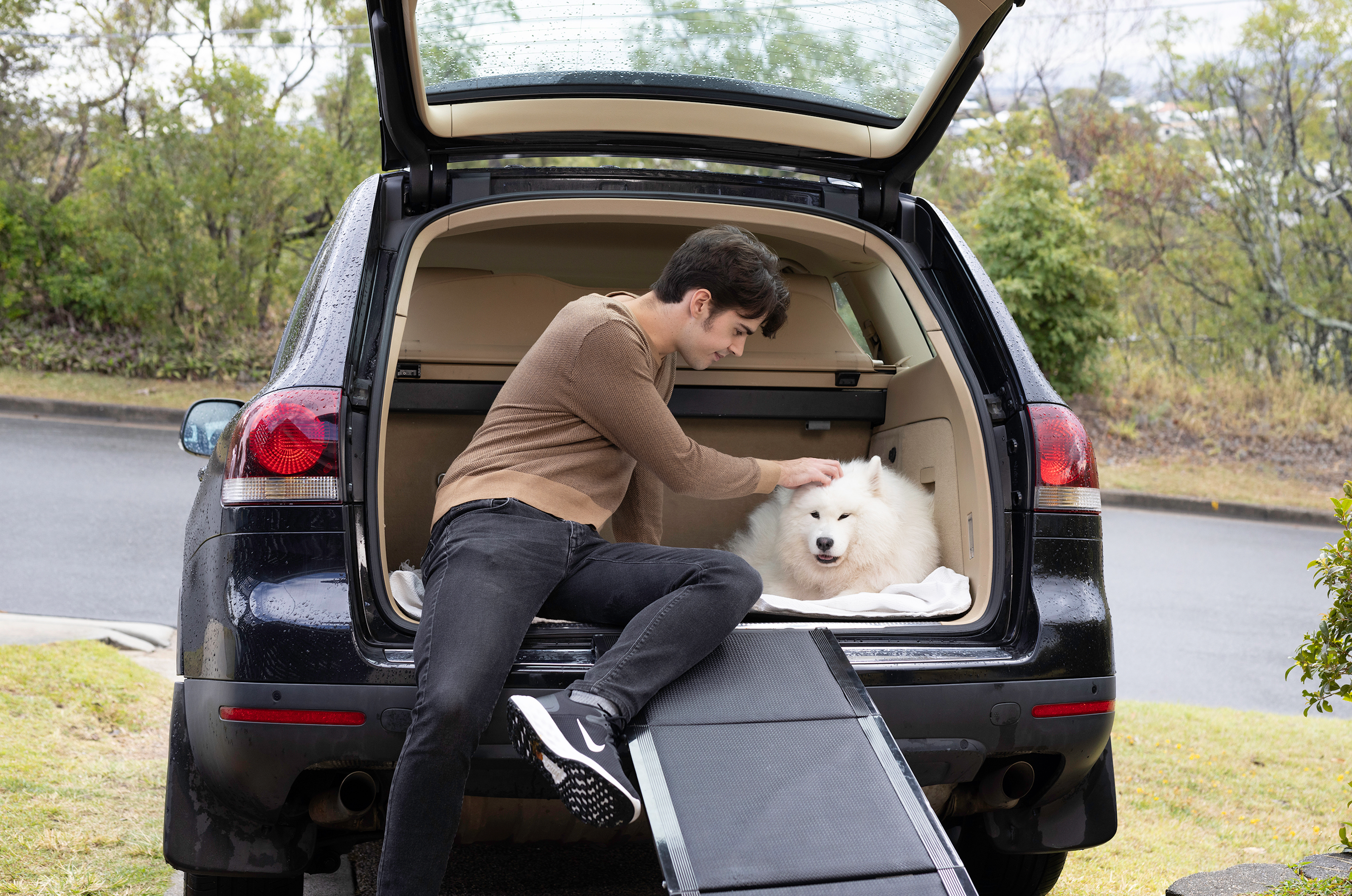
Unleash Success: Training Tips and Tricks for Your Pawsome Pup
Introduction:
Welcoming a new furry friend into your life is an exciting adventure filled with tail wags, wet kisses, and boundless love. However, enjoying your furry friend also means you need to teach them how to behave well as part of the family. Fortunately, with the right approach and a little patience, you can transform your rambunctious pup into a polite and well-mannered dog. In this guide, we'll explore some tried-and-tested training tips and tricks to help you unleash success in your training journey.
Start Early:
The earlier you begin, the better. Start with basic commands like sit, stay, and come as soon as you bring your puppy home. Consistency is key, so be sure to practice these commands regularly in short, positive training sessions.
Use Positive Reinforcement:
Positive reinforcement is one of the most effective training methods for dogs. Reward your pup with treats, praise, and affection whenever they exhibit desired behaviors. This encourages them to repeat those behaviors in the future. Remember to be generous with your praise and rewards, and avoid using punishment or harsh methods, as these can damage the bond between you and your dog.
Be Patient and Consistent:
Training takes time, so be patient with your pup and celebrate small victories along the way. Dogs thrive on consistency, so stick to a regular training schedule and use the same cues and commands each time. Keep training sessions short and fun to prevent your pup from becoming bored or frustrated.
Use Clicker Training:
Clicker training is a popular method that uses a small clicking device to mark desired behaviors and reinforce positive associations. Start by associating the sound of the clicker with treats, then use it to mark behaviors you want to reinforce. Clicker training can be a powerful tool for teaching new commands and shaping complex behaviors.
Practice Everywhere:
Training shouldn't be limited to just your home or backyard. Take advantage of everyday opportunities to practice commands and reinforce good behavior. Whether you're out for a walk, visiting the dog park, or meeting new people, use these real-life situations to reinforce training and socialization skills.
Be Patient and Understanding:
Remember that every dog is unique and learns at their own pace. Be patient with your pup and understand that setbacks and mistakes are a normal part of the learning process. Stay calm and positive, and focus on building a strong bond of trust and cooperation with your furry friend.
Conclusion:
Training your dog is an ongoing journey that requires time, patience, and dedication. By using positive reinforcement, consistency, and plenty of love and encouragement, you can help your pup become a well-behaved and well-adjusted member of your family.



